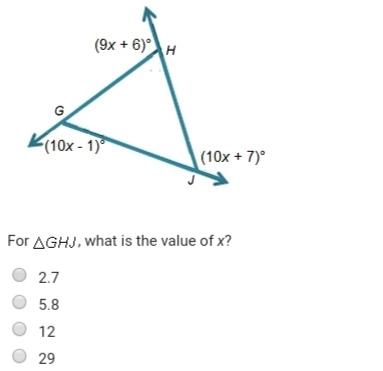
Mathematics, 18.10.2020 15:01 jacquelineS7691
2) SILK is a rectangle, P is the point of intersection of the diagonals. KP = (3y-1) and PL = (2y + ) cm. Find y'

Answers: 1


Other questions on the subject: Mathematics

Mathematics, 21.06.2019 13:10, markayla61
When eating out, record the total cost of your meal (before tip) and the tip that you left. determine the percent of the cost of the meal that you left as a tip.
Answers: 1

Mathematics, 21.06.2019 15:20, aliceotter2007
Asmall (but heavy) particle placed in a glass of water will follow a zigzag motion because the particle will bounce off of the water molecules it meets. this is called brownian motion. a physicist simulates this on a computer, by varying the distance a particle can travel (called the mean free length), on average, before it collides with a water molecule and assigning the change in motion to be one of 8 directions, each with a similar probability. by running the simulated particle (with the same mean free length) many times she determines that it should take 15 seconds, on average, for the particle to fall to the bottom, with a standard deviation of 1.5 seconds. next she lets a real particle fall through a glass of water and finds that it took 18 seconds. what does she conclude, and why?
Answers: 1

Mathematics, 21.06.2019 18:30, Prolearner1234
For each polynomial, determine the degree and write the polynomial in descending order. a. –4x^2 – 12 + 11x^4 b. 2x^5 + 14 – 3x^4 + 7x + 3x^3
Answers: 2
You know the right answer?
2) SILK is a rectangle, P is the point of intersection of the diagonals. KP = (3y-1) and
PL = (2y +...
Questions in other subjects:










Biology, 10.03.2020 05:09




